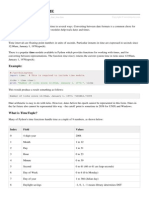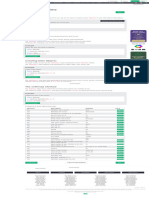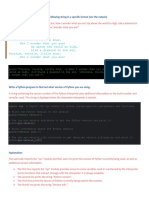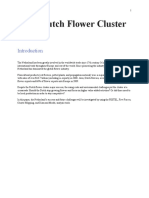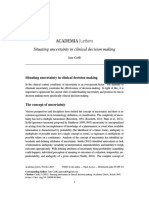0% found this document useful (0 votes)
4 views3 pagesDate and Time Modules in Python (28.7.25)
Uploaded by
sugapriyasaravanan2Copyright
© © All Rights Reserved
We take content rights seriously. If you suspect this is your content, claim it here.
Available Formats
Download as DOCX, PDF, TXT or read online on Scribd
0% found this document useful (0 votes)
4 views3 pagesDate and Time Modules in Python (28.7.25)
Uploaded by
sugapriyasaravanan2Copyright
© © All Rights Reserved
We take content rights seriously. If you suspect this is your content, claim it here.
Available Formats
Download as DOCX, PDF, TXT or read online on Scribd
/ 3










